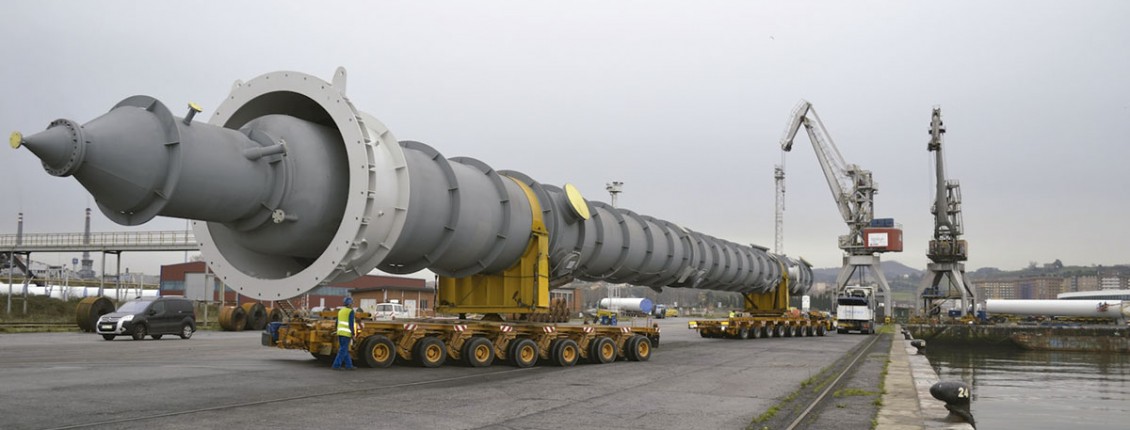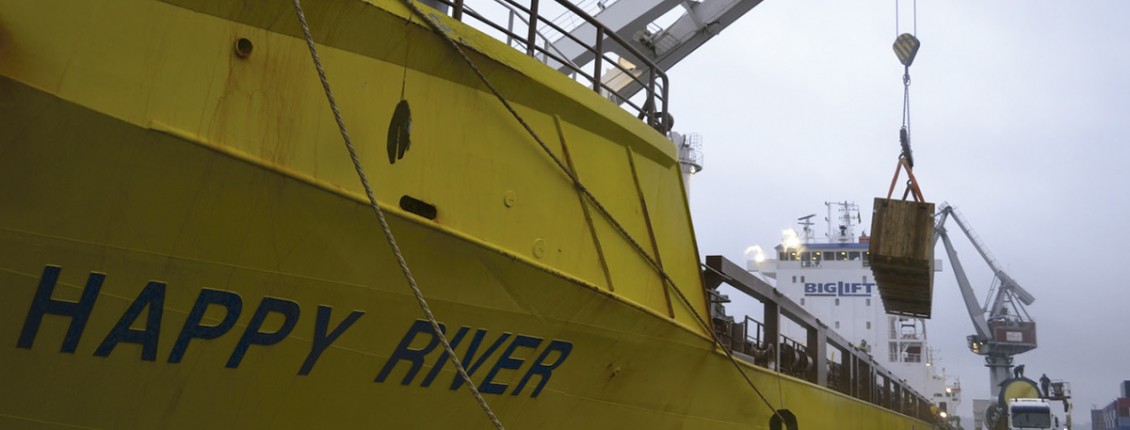The Oil Refinery Reactor Project Cargo
Chemical reactors are vessels designed to contain chemical reactions. We were transporting this reactor and 17 bundles for a petroleum refinery.
Chemical reactors are vessels designed to contain chemical reactions. Designers ensure that the reaction proceeds with the highest efficiency towards the desired output, producing the highest yield or product while requiring the least amount of money to purchase and operate.”
There are a couple main basic vessel types:
- A tank
- A pipe or tubular reactor
Both types can be used as continuous reactors or batch reactors. Most commonly, reactors are run at steady-state, but can also be operated in a transient state.
Both types of reactors may also accommodate one or more solids (reagents, catalyst, or inert materials), but the reagents and products are typically liquids and gases.
In our case, we were transporting a reactor and 17 bundles for a petroleum refinery with the following characteristics:
FACTORY LOADING
Aviles Port Vicinity
Loading Process
The loading process started at 8:00 hrs with no delays and due to the close location of the workshop to the port, there was no transit restriction.
There was only one police car who was escorting the reactor up to Aviles Port.
LOADING TO VESSEL
Aviles Port
17 bundles of different sizes plus 2 pieces of the reactor were loaded during the project.
Everything for a total of 1755 cbm’s and 280 tons.
Lifting the reactor
It was extremely important to have perfect communication between the two crane operators. The lifting must happen simultaneously between both cranes to avoid damage into the structure of the reactor due to heavy tonnage.
Settling in
Also due to the weight, it was imperative to calculate where to settle the saddles of the reactor upon the deck of the vessel. It was important to consider the structure of vessel and try to set it on top of the steel beams. It was also important to consider the opening of the hatchways for the next port of loading.
Securing and lashing
8 persons were needed during four hours to achieve total certainty and complete guarantee of the lashing and securing. The materials used were 20 sets of steel chains, 8 steel wires, 16 lashing belts and 12 steel anchors welded into the floor.






